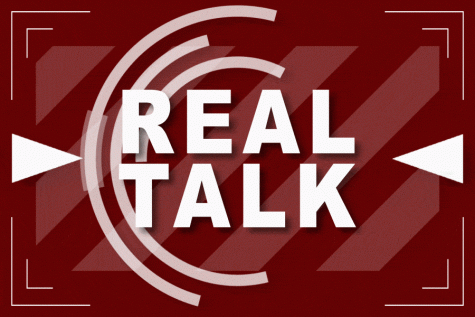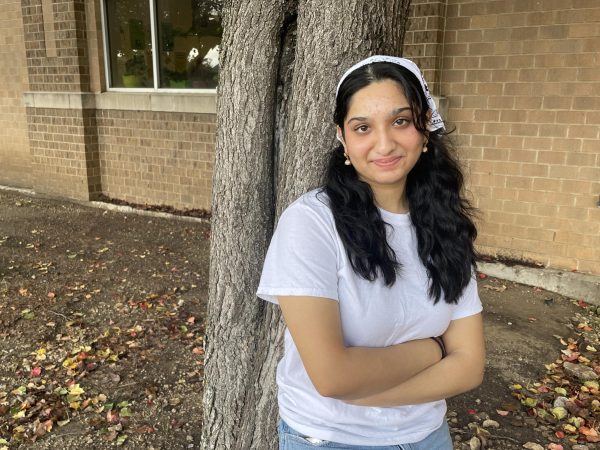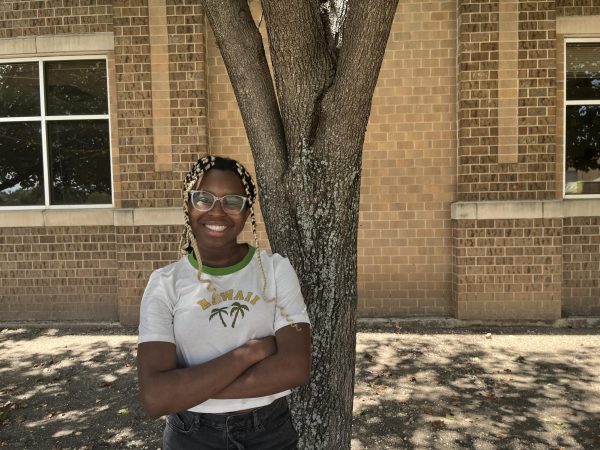Opinion: candidates need to address domestic issues

With the presidential election coming up in November, American voters are making their final decisions of who to vote for. Many factors play into their choice, most prominently the candidates’ stances on various issues the country faces, such as immigration and national security.
They get their information from news publications, television, and all sorts of media outlets that cover the 2016 campaign extensively. Everything plays a role in their political decisions, from the candidates’ policies and opinions to their attitudes toward the people and the problems that await the next president.
National security, immigration, and abortion are only a fraction of the issues that the candidates face, but they are often some of the predominant issues that the media covers for Americans. Nearly every news broadcast I’ve watched, the political news has always mentioned some notorious comment that either Republican candidate Donald Trump or Democratic candidate Hillary Clinton has made. Recently, the candidates’ health has been all the rage, prompted by Clinton’s diagnosis with pneumonia that took her off the campaign trail for almost a week.
However, what struck me at the beginning of the presidential race and still continues to shock me is the lack of discussion about domestic problems. I’m not saying that the candidates are not aware of them or that they don’t have a solution to them; I’m just frustrated that some of the country’s darkest problems are not being voiced loudly enough.
Take current suicide rates. Particularly, teens and young adults. According to the Centers for Disease Control and Prevention, suicide is the third leading cause of death for children ages 10-14, following accidents and cancer, first and second respectively. For people ages 15-34, suicide is second.
These statistics are nothing less than heartbreaking and astonishing. The youngest people of the country, the people that are supposed to be the successors in America, are making the choice to end their own lives that is followed through every thirteen minutes. And yet, this, along with the growing concern about mental health care and bullying in schools, is almost unheard of in the candidates’ many speeches about what the country should be focused on.
And what about the country’s megacities? New York City, Chicago, Detroit, Baltimore. These American urban landscapes are some of the most beautiful in the world, but all of them hide the ugly reality of homelessness.
On countless street corners in New York City, there’s a slumped figure against the wall of a building that thousands of people pass by a day in a hurry, with only a select few sympathetic enough to give them some money.
In Chicago, while I was wrapped in a heavy coat, gloves, and a hat, I saw a man on the street huddled in a ball with only a thin jacket to shield him from the frigid December cold. I couldn’t breathe while walking the streets of Chicago and it wasn’t because of the thin air.
I hate going to downtown Dallas. It shatters every bone in my body to see the hungry, battered homeless with just a cardboard sign that wander near intersections; while, around the corner, people step out of luxury cars wearing expensive clothing in the parking lot of NorthPark.
These people are Americans. They are the Americans that the government swore to protect, and yet, they are living on the streets, reduced to begging drivers who only stare ahead at the road and pass by without a second thought.
There’s huge talk of police misconduct and gun control, but little about the children that grow up in the country’s most violent neighborhoods.
Chicago has become one of the country’s bloodiest cities, with 514 murders this year so far. It must be a norm to see multiple murders on the local news for Chicagoans.
But while the country’s hopeful candidates bicker with each other about each other’s legitimacy to run for president, the children of violence-torn cities spend more time going to funerals than the park. And even the park is not a safe haven from needless death.
Perhaps the most disturbing to me is this unquestioned rape culture that now embodies college campuses across the nation.
One in five women will be raped at some point in their lives. If that isn’t ridiculous enough, one in five female students are sexually assaulted while in college but more than 90 percent of campus victims don’t report the assault.
How is this not a problem that is discussed along with gun reform and the economy? Even more so, how is it widely accepted that the victim was “asking for it” by wearing certain types of clothing that night?
College students fear walking alone at night on campus. And yet, convicted rapists walk free as easy as I walk the halls of this campus.
Most recently, the Brock Turner case at Stanford has sparked outrage, but nothing has been done about the lenient six month sentence that Turner was handed, or about the fact that he walked out after three months in jail for “good behavior.”
Turner refused to take responsibility for his actions and blamed it on the influence of alcohol and campus party culture. His father even wrote a letter to the judge to plead for his son, citing that “His life will never be the one that he dreamed about and worked so hard to achieve. That is a steep price to pay for 20 minutes of action out of his 20 plus years of life.”
It’s not just a problem of rapists receiving ridiculous leniency from the justice system. It’s a matter of a societal misconception that the rapist somehow had no conscience in what he was doing.
Neither Clinton nor Trump has even mentioned anything about the case that caught worldwide attention. Furthermore, the Stanford case only managed to catch the scrutiny of the nation in part due to the victim’s chilling recollection of the night she was raped. Stories like these happen all over college campuses at alarming rates, but are covered up by college administrations even when the victims come forward.
The nation’s domestic problems alone are overwhelming. Some others include racial tensions, gay marriage, environmental policies, energy production, education, and veterans affairs, to name only a few. For a nation that takes so much pride in how advanced our society is since the days of slavery and the civil rights movement, it’s astounding how little it seems we’ve accomplished in strengthening the relationship between minorities and the government.
I’m not saying that national security, foreign policy, and terrorism are not vital issues that have to be addressed. They are, but it’s hard for me to imagine the country trying to solve these external problems if we cannot even solve the problems that plague American communities, here, right at home.

Megan is a junior who joined Wingspan her freshman year. In her free time, she likes to eat and sleep (not at the same time) and cry at the amount of work...







